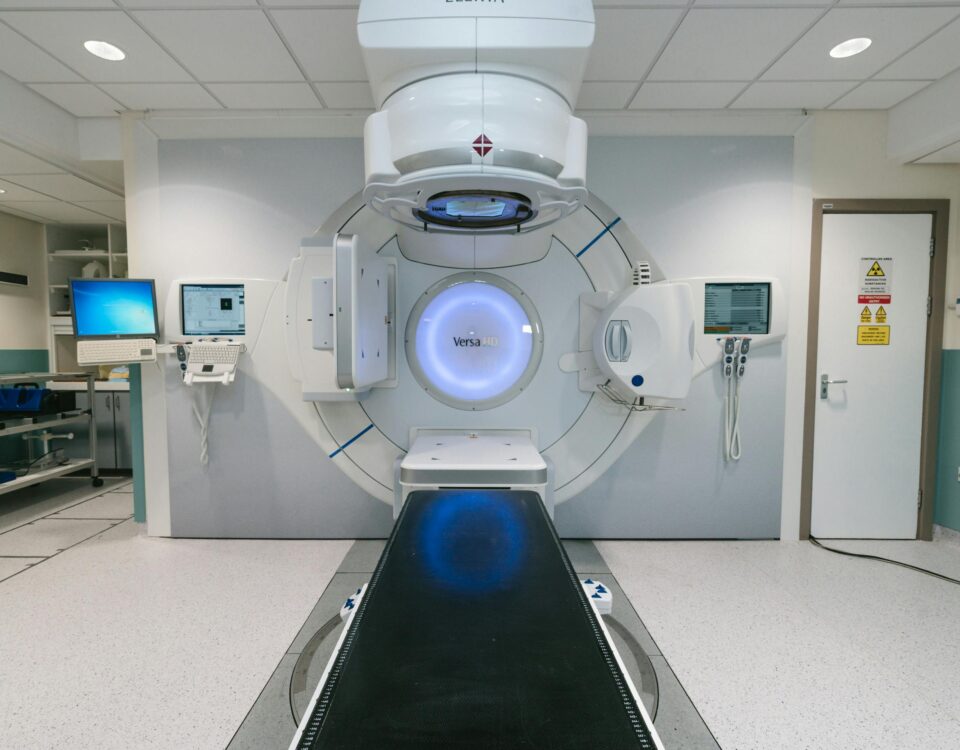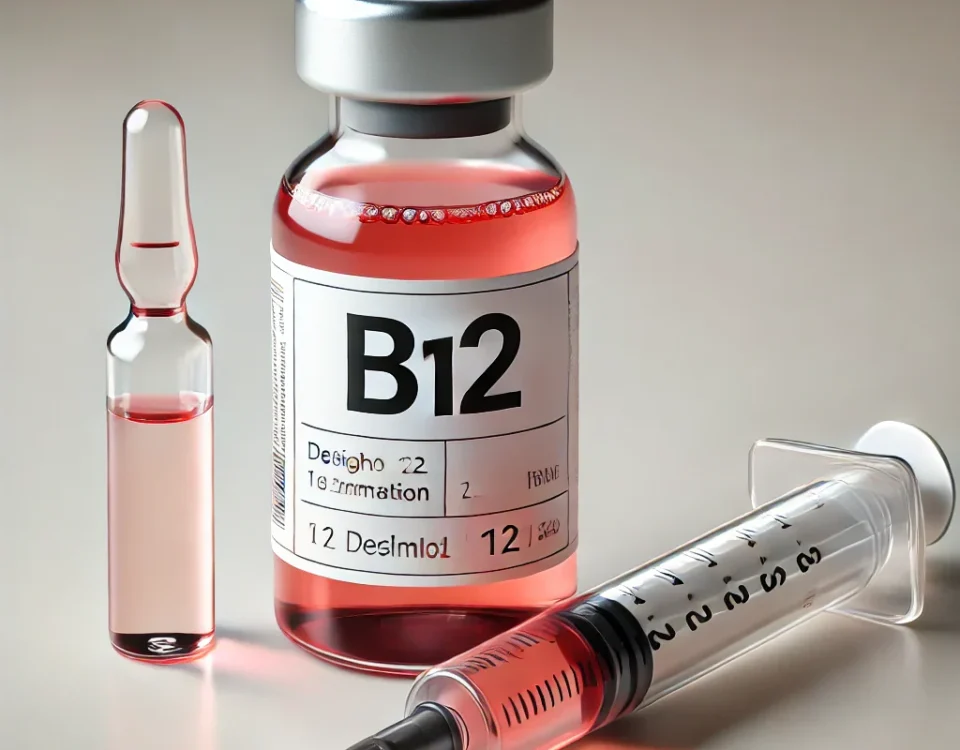
The Benefits of Acupuncture for Post-Surgery Recovery
September 30, 2025
Hair Loss Treatment Options for Both Scalp and Eyebrow Regrowth
September 30, 2025Emergency rooms across the country often face the challenge of high patient volumes, which can lead to longer wait times and strained resources. A portion of these visits is for conditions that are not life-threatening. The growth of urgent care centers provides a valuable option for patients, offering a middle ground for medical needs that are pressing but not severe enough to warrant an emergency room visit.
What Is Urgent Care?
Urgent care is a category of walk-in clinic focused on treating injuries or illnesses that require immediate attention but are not life-threatening emergencies. These centers bridge the gap between primary care physicians and hospital emergency rooms. This form of care provides a convenient alternative for immediate health concerns.
These facilities are equipped to handle a wide range of medical problems. The convenience of this care is a major factor in its utility. Patients can often walk in without an appointment and be seen relatively quickly. Most centers have extended hours, including evenings and weekends. This accessibility makes them a practical choice for unexpected medical issues.
How Does Emergency Care Differ?
The primary distinction between this care and emergency care lies in the severity of the conditions they treat. Emergency rooms are designed and equipped to handle life-threatening situations. These include symptoms of heart attacks, strokes, severe bleeding, head injuries, and other major traumas. Emergency departments operate 24/7 and have access to a full range of hospital services.
Urgent care centers, by contrast, manage less severe conditions. They are not equipped to handle major medical emergencies. A patient experiencing symptoms like chest pain, difficulty breathing, or sudden weakness should go directly to an emergency room. The purpose of urgent care is to treat conditions that could become more serious but are not immediately life- or limb-threatening. This distinction helps direct patients to the appropriate level of care, which can alleviate pressure on emergency services.
What Does It Treat?
Urgent care centers are equipped to diagnose and treat a variety of common medical conditions. Patients often visit for ailments like colds, flu, and sore throats. They also manage minor injuries such as sprains, simple fractures, and cuts that may require stitches. Other services include treatment for infections, such as urinary tract or ear infections, as well as skin conditions like rashes.
Upon visiting a clinic, you can expect a process similar to that of a doctor’s office visit. A patient will provide information about their medical history and current symptoms. A medical professional will then conduct an examination to diagnose the issue. Many urgent care facilities have on-site diagnostic tools and basic laboratory services for tests. Following a diagnosis, the provider will recommend a treatment plan, which might include a prescription, follow-up instructions, or a referral to a specialist if needed. The goal is to provide prompt and effective treatment for non-emergency conditions.
Seek a Clinic Near You
For conditions that are not life-threatening, an urgent care center can offer timely medical attention without the long waits often associated with an emergency room. These clinics offer a valuable service to communities by treating a wide range of illnesses and injuries. Familiarizing yourself with the locations and services of care centers in your area can prepare you for when an unexpected medical need arises.





